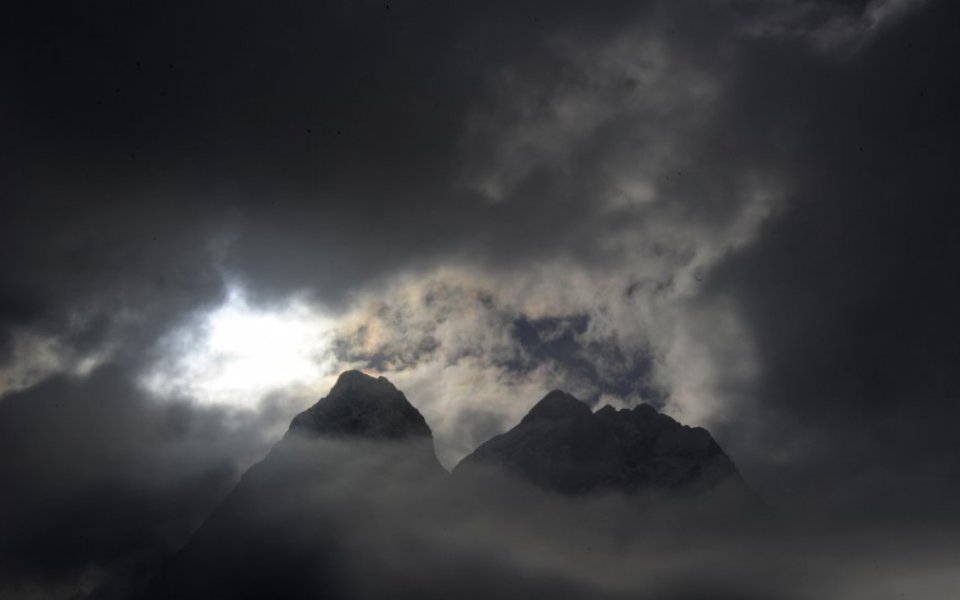We’ve reached peak Twitter as user growth goes negative at former social media darling

Haunted by quarters of slowing growth, Twitter’s worst nightmare became a reality yesterday. It’s not growing anymore.
The company’s fourth quarter report revealed monthly active users (MAUs) dropped to 305m from 307m in the previous quarter.
None of this should come as a shock, although it obviously did for many investors. The stock fell as much as 14 per cent in after hours trading to $12.82. On massive volume, I might add. Over 10m shares traded, which is equal to about half the average daily volume.
Here’s the thing – ever since its November 2013 initial public offering, Twitter’s been reporting slower and slower user growth each quarter. Therefore, the trend pointed to an inevitable reversal.
Not to mention, we got a glaringly obvious warning sign a few weeks ago when four key executives unexpectedly and suddenly resigned.
As Pando’s Sarah Lacy wrote immediately after the departures, “If two executives leave at the same time then, yes, it might be a coincidence. But four senior executives all jumping ship at the same time spells nothing but trouble.”
Trouble, indeed. And I’m afraid it’s far from over.
CEO Jack Dorsey is still in denial. He’s convinced he can re-energize growth. All it’s going to take is making Twitter more “Twitter-y,” as he put it.
I’m not quite sure what that means. If we ignore his words and instead focus on his recent actions, it must mean making incremental product tweaks. Like creating curated news feeds (Moments), adding polls, changing the “favorite” star button to a “like” heart button, introducing an algorithmic news feed and removing ads for “high-value” users.
Clearly, none of it’s working. Nor will any of his future “bold” ideas. Why? Because Twitter’s nothing more than a niche product, which I’ve been arguing for a long time. While management succeeded in convincing investors otherwise for years, that’s no longer possible. The numbers speak for themselves.
The reason Twitter’s user growth hit a wall isn’t because there aren’t any more social media users out there. It’s because Twitter has captured the majority of its niche audience. We’ve reached Peak Twitter, if you will. If you have any doubt, consider Facebook. Despite a user base that’s nearly five times the size of Twitter’s, it still expanding, up 14 per cent in the fourth quarter.
Making matters worse for Twitter, engagement is waning among active users. The latest stats from comScore reveal total minutes per unique visitor in the U.S. dropped 21 per cent in the fourth quarter.
All of this matters, of course, because growth matters to investors. They buy into richly valued tech stocks on a simple promise – an ever-expanding user base will one day translate into substantial profits and in turn, even higher share prices. Sadly, that promise has now been broken at Twitter.
With the stock off more than 70 per cent from its peak, and nearly 40 per cent since Dorsey’s arrival, he should forget about tweaking the product and making promises to investors he can’t keep. Instead, he should focus on selling the company and its 305m users while they’re still worth something.